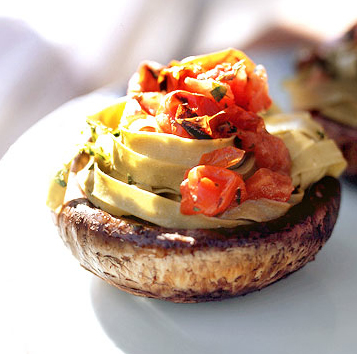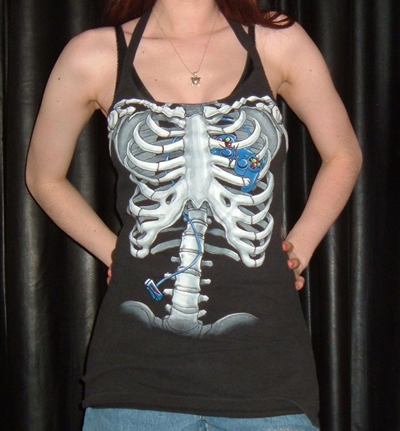Pain at the pump is not getting any better anytime soon, we recently came across this info on how Ford is designing cars to obtain better fuel mileage, pretty interesting.
Fuel economy improvements can result from reducing friction and drag – not only within engines and transmissions, but as air flows over and around the vehicle as it efficiently skims through the atmosphere at cruising speeds.
“Aerodynamic development has yielded significant improvements in fuel efficiency across the full line of Ford vehicles,” said Derrick Kuzak, Ford group vice president of Global Product Development. “Full-size trucks, family-friendly utilities, and cars in each segment add fuel economy from careful attention to aerodynamic details.”
The all-new Ford Explorer SUV, 2011 North American Truck of the Year, and the stylish Ford Flex crossover both enjoy improved fuel efficiency from painstaking detail work by designers and aerodynamicists collaborating in the wind tunnel.
Explorer delivers class-leading fuel economy of 17 mpg city and 25 mpg highway, when equipped with front-wheel drive and the standard 290-horsepower V6 engine. Carefully balancing aerodynamic details such as the front air dam, sideview mirrors and rear liftgate spoiler adds nearly 1 mpg as Explorer quietly cruises the highway. Ford’s distinctively styled Flex crossover has a boxy shape that turns heads on the street, yet it requires only 8.90 horsepower to maintain a 55 mph cruising speed; its crossover competitors GMC Acadia and Toyota Highlander require 9.30 horsepower to move at the same velocity. Using less power to carve through the atmosphere saves fuel, lowering the cost of ownership for Flex drivers.
Built Ford Tough F-Series pickups achieve class-leading fuel economy, aided by careful aerodynamic development. F-150 trucks feature a chamfered shape to the rear of the cab that helps direct aerodynamic wake over the pickup box in an efficient manner. The top of the tailgate angles outward to create a lip, which in turn does its part to direct airflow over the cargo box. The front bumper valance and spoiler have been configured to properly manage airflow beneath the truck, with no compromise to off-road capability.
Cars see aerodynamic benefit, too
Optimized airflow over, under and around Ford Fusion and Fusion Hybrid sedans help these popular offerings deliver class-leading fuel efficiency. Revised front and rear fascias, front and rear tire shields, an underbody shield and optimized cooling air flow into the engine compartment to help Fusion travel farther on a gallon of gas.
The subcompact Ford Fiesta is available with a Super Fuel Economy (SFE) package that enables the car to achieve 40 mpg highway. This package features cruise control, low rolling-resistance tires and several additions to enhance vehicle aerodynamics, such as underbody shields, side air deflectors and lower grille blockers.
The all-new Ford Focus four-door sedan is also available with an SFE package, ideal for customers placing the highest priority on fuel efficiency. Low rolling-resistance tires combine with a rear decklid spoiler and aerodynamically optimized wheel covers to help Focus with SFE package deliver up to 40 mpg highway.
A unique feature shared by Fiesta and Focus SFE models is that both vehicles rely on aerodynamic optimizations and an advanced six-speed automatic transmission to deliver superior fuel efficiency, whereas competitive models often force a driver to choose a manual transmission to achieve the highest fuel economy.
Active grille shutters
Focus four-door models feature an innovative system to improve vehicle aerodynamics – and fuel efficiency – at cruising speeds. The active grille shutter system will open grille slats when extra engine cooling air is required, such as low-speed stop-and-go driving. When cruising on the highway at steady speeds, the grille slats automatically close to improve aerodynamics and fuel efficiency.



